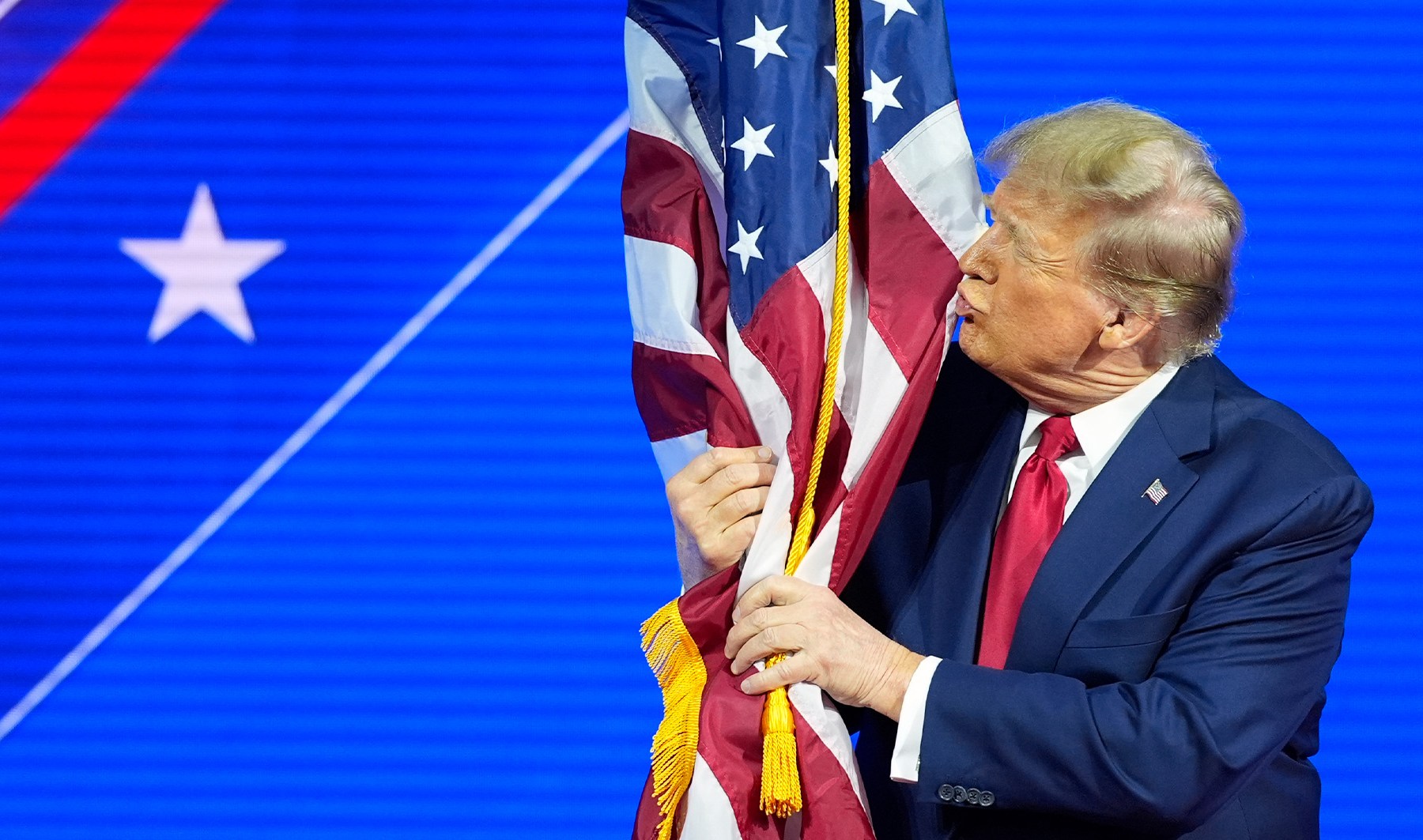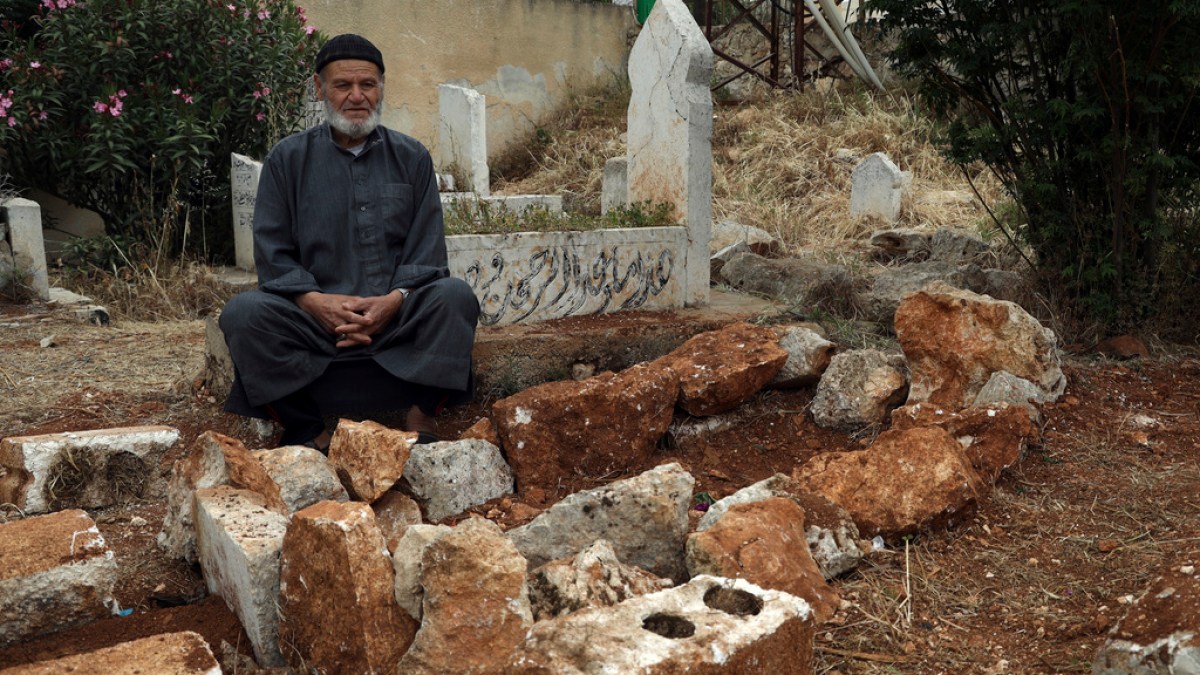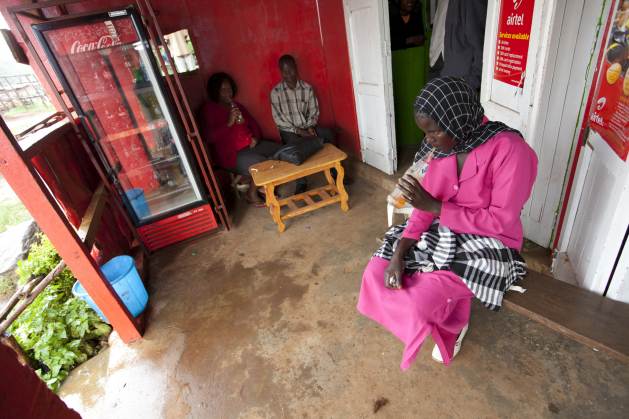Are seed-sowing drones the answer to global deforestation? | Environment News
Santa Cruz Cabralia, Bahia, Brazil – With a loud whir, the drone takes flight. Minutes later, the humming sound gives way to a distinctive rattling as the machine, hovering about 20 metres above the ground, begins unloading its precious cargo and a cocktail of seeds rains down onto the land below.
Given time, these seeds will grow into trees and, eventually, it is hoped, a thriving forest will stand where there was once just sparse vegetation.
That is what the startup which operates this drone, a large contraption that looks a bit like a Pokemon ball with antennae, hopes.
The 54 hectares (133 acres) here which have been badly degraded by agriculture and cattle farming in the Brazilian state of Bahia are just the start. Franco-Brazilian company Morfo has set itself the target of restoring one million hectares of degraded land in Brazil by 2030, using seed-sowing drones and a rigorously researched preparation and monitoring process.
How big a problem is deforestation?
Deforestation is a rapidly growing problem in many countries. In Brazil, for example, deforestation in the Amazon destroyed an area bigger than Spain between 2000 and 2018, a study by the Amazon Geo-Referenced Socio-Environmental Information Network (RAISG) showed in 2020. Although preliminary data from the government’s space research institute (INPE) shows Amazon deforestation fell by 50 percent last year, forest loss continues to rise in other biomes, like the Cerrado.
In Afghanistan, years of war and fighting have had a devastating effect on forests. Many have been completely destroyed. According to the research group World Rainforests, more than one-third of Afghanistan’s forests were destroyed between 1990 and 2005. By 2013, this had risen to half because of the additional problem of illegal logging.
And, in Colombia, internal violence and displacement have pushed armed groups, farmers and cattle farmers into the forests, causing more deforestation. In 2016 alone, after a peace deal was rejected by some armed groups, deforestation rose by 44 percent. President Gustavo Petro has since overseen a decrease in forest loss, by as much as 49 percent in 2023 according to Global Forest Watch, but deforestation has increased in other Amazon countries like Bolivia.
Wildfires in many parts of the world, notably Australia, California and around the Mediterranean in recent years, have also contributed to deforestation. Most recently, thousands of people have been evacuated in the past week because of wildfires in British Columbia and Alberta in Canada.

Why is forest restoration important?
“Climate change is happening, temperatures are rising, it’s already too late. So we need to be planting [trees] now,” says Adrien Pages, Morfo’s co-founder and CEO.
Healthy forests are a critical resource in the fight against climate change; they provide valuable ecosystem services such as carbon storage, temperature regulation, water resources and biodiversity conservation. Nearly one billion people depend on forests for their livelihood, according to the United Nations Development Programme (UNDP).
Simply conserving those forests which remain is insufficient, so the United Nations has urged countries to meet pledges to restore a combined one billion hectares of degraded land by 2030 to avoid large-scale ecosystem collapse.
But that is a daunting task. Brazil, for example, has promised to reforest 12 million hectares by the end of this decade – a target which requires planting an area the size of England, or eight billion trees, according to ((o))eco, the Brazilian environmental journalism platform.

How can drone technology help?
Traditional reforestation, where seedlings are grown in a nursery and then planted by hand, is effective, but it is labour intensive and time consuming. Drones can help speed up the process and reach areas which are dangerous or inaccessible to humans.
Morfo uses two drones which have been adapted to carry 10kg to 30kg of seeds and can sow up to 50 hectares per day, piloted automatically or manually depending on the terrain. The height at which the drone flies and the density and type of seeds it disperses all depend on a sowing plan, designed following an examination of the land’s environmental conditions.
“For us, it’s not about the drone. The most important thing is the preparation and the seeds,” says Pages.
With data from drone and satellite imagery as well as information collected by a team on the ground, data scientists use computer vision – a form of artificial intelligence – to develop models that can recognise trees and seed species. These are used to automate the creation of an optimal seeding strategy and to monitor results.
“The scalability of the solution is what’s important to us. The starting costs of the project are going to be high, to allow for diagnosis, research, adequate preparation, but after that, costs per hectare are relatively low and fall as the area grows,” says Pages.

What sorts of seeds are used?
“Seed availability is one of the biggest concerns. And the survival rate of seeds is low, so you need to have a lot of seeds,” says Mikey Mohan, the founder of ecoresolve, a US-based ecosystem restoration company.
Morfo is working to address this. It has developed a biodegradable seedpod to sow smaller and more fragile seeds which have an 80 percent survival rate in the lab. The project in southern Bahia, a region where the Atlantic Forest began to be cleared for agriculture centuries ago and which is now overrun with monocultures of eucalyptus and sugarcane, is a testing ground for different seeding methods to work out how best to grow native species.
It is also researching these species’ resistance to climate change to ensure the trees being planted here will be standing 100 years from now without the need for human intervention.
Overall the Atlantic Forest, a biome that stretches along Brazil’s densely populated coastline, has lost more than 88 percent of its original tree cover, according to the NGO SOS Mata Atlantica.
“Our goal is to restore a functional ecosystem. The idea is to assess which species are more efficient and optimise the quantity of seeds we are using,” explains Morfo’s chief scientific officer, Emira Cherif.
Sowing non-native cover plants first – low-growing vegetation like leguminous plants which protect the soil and provide other benefits such as fixing nitrogen in the soil – can increase the germination rate of native pioneer species.

Sourcing seeds is one of the ways companies like Morfo are including local communities in their restoration efforts. “Seed collection is a good way of valuing people, of creating lasting green jobs, and of protecting a standing, growing forest,” says Pages.
Last year, Morfo worked with 1,000 seed collectors across Brazil, such as Crispim Barbosa de Jesus, a 51-year-old subsistence farmer who started supplementing his income by collecting seeds after taking a course offered by a local NGO.
Barbosa, who worked cutting down trees for coal in his youth, sees the forest in a new light since becoming a seed collector. “Nature is so beautiful, you see the resistance of the trees. I feel better when I’m in the forest,” he says, adding that “collecting seeds is a job that elevates people”. He currently leads a team of seven, mostly young, men – including two of his sons – to provide native seeds to a handful of clients, including Morfo.
Where else are drones being used to reseed forests?
A small but growing number of companies around the world are using drones for ecosystem restoration. A peer-reviewed paper co-authored by Mohan in 2021 identified 10 such companies, many partnering with NGOs and helping restore areas affected by wildfires in Australia and North America.
In Brazil, nascent small-scale projects are primarily focused on private land. Morfo has a new partnership with Rio de Janeiro city authorities, but the 500 hectares (1,236 acres) it has planted for other clients so far – in the Amazon and Atlantic Forest – is all private land which has been degraded by mining or agriculture.
How effective is drone reseeding?
The newness of this reforestation method means there is little conclusive data on the long-term results of seed-sowing drones. A year into Morfo’s experiment in Bahia, however, preliminary signs are promising.
“Bahia experienced a big heatwave at the end of 2023. It was very dry, but you can see that our plants are doing quite well thanks to [the cover plants],” says Cherif, whose team of researchers spent a week in April measuring and cataloguing every sapling that has germinated since seeding last year.
The collection of this kind of data is key to scaling up the use of drones, according to Mohan. “To use drones on a larger scale, we need more research to understand the [seed] survival rate and how it can be increased,” he says. “You want to make sure that whatever you plant can actually transform into a tree.”
Check out our Latest News and Follow us at Facebook
Original Source







